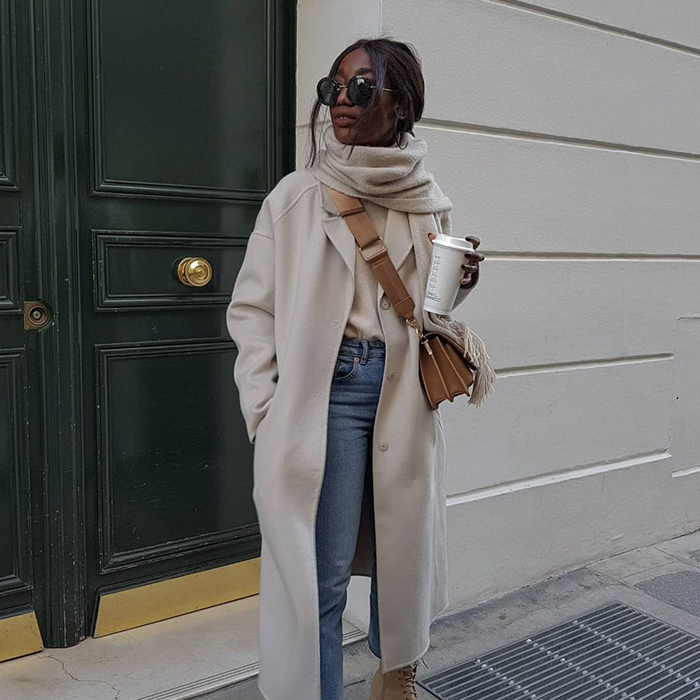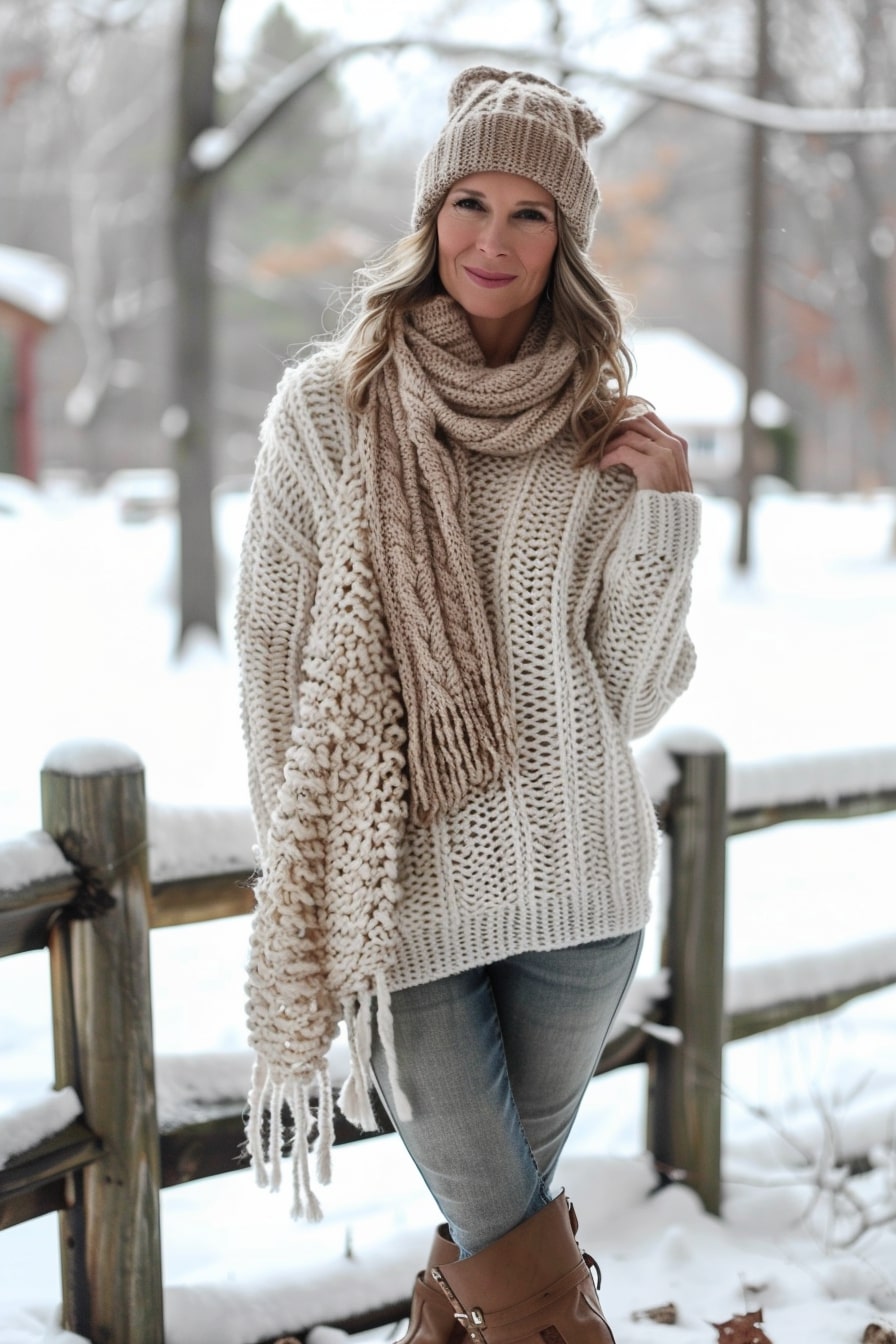Transitioning your closet from summer to winter
Seasons change, and so will your wardrobe. Transitioning your closet from summer to winter is definitively an essential process. It helps you prepare for colder months and keeps your closet functional and organized. You should always follow a strategic approach to make this transition process enjoyable and seamless.
Assess your current wardrobe
Before making the transition, you’ll need to first pull out your winter and summer clothes and sort them out. And then ask yourself the following:
- Did I wear this during summer?
- Does it need repairs?
- Is it in good condition?
- Can I still wear it next summer?
The items that you don’t wear, are really damaged or don’t fit anymore, should be either donated or discarded. Doing this step will ensure that you keep clothes that you love and will wear, and also save valuable space.
Image source: https://fashionbylina.com/10-casual-winter-outfits-for-women-over-40/
Clean and store your summer clothes
It might be obvious, but sometimes it really isn’t you need to wash your summer pieces thoroughly or even dry clean them. No matter if they look clean, there might be invisible stains that can discolor the fabrics over time.
Once they are clean don’t forget to use breathable storage bags. Avoid plastic bins, especially for delicate fabrics. Better opt for cotton garment bags or acid-free tissue paper to protect them.
For those items that are prone to wrinkles, usually rolling them can minimize any creases and will also save space. You can also prevent months using cedar blocks. It will also keep the clothes smelling fresh.

Image source: https://www.szuwk.store/?ggcid=3476845
Now, then you can place them in a dry and cool place. These can be on the top shelf of the closet or under the bed. You can also label the storage containers, to find specific items easily if needed.
Sorting and organizing the winter essentials
Usually winter clothing means bulkier pieces, like boots, sweaters, and coats. To organize your closet, you should group your clothes into different categories. Start with your outerwear. Hang blazers, jackets, and coats on sturdy hangers. If your space is tight, you should consider hooks or a separate rack.
Your knitwear and sweaters should be folded instead of hung. This will prevent stretching. You should also store them in fabric bins or stack them neatly on your closet shelves.
Something you also got to do, is layering pieces. For example, keep turtlenecks, long-sleeve tops, and thermals accessible. These pieces are the foundation of winter outfits.

Image source: https://www.nicolebozzani.com/blog/2024/1/17/what-to-wear-winter-outfit-inspo
Organize your leggings, trousers, and jeans by type or even colors. This will help you with a quick outfit assembly. Use drawer organizers or small bins for accessories like hats, gloves, and scarves. Labeled containers and clear bins will make it easy to find specific items.
Invest in winter staples
Season transitioning is a great opportunity to evaluate if there are any gaps in your winter wardrobe. Consider a versatile winter coat, it should fit the climate. Can be a heavy down parka or a wool coat.
Look for weatherproof booths that have a good grip and insulation. Don’t forget that gloves, hats, and scarves are not only practical, but they also add style to your outfits.
And stock up on long-sleeve basics and high-quality thermals to keep you warm, without bulking. Investing in high-quality pieces will make your wardrobe last for years.

Image source: https://withlovefromkat.com/winter-in-paris/
Optimize the space
As winter clothes are bulkier, they can overwhelm a small closet. There are a few tips to maximize space. You can start by replacing bulky hangers with some space-saving ones, usually slim ones.
If the closet has the height for it, add a second hanging rod that will be useful for pieces like pants or blouses. Also, compress your stored clothing to free up some space. Finally, you can install some shelves or hooks to store some of your shoes and accessories.
Plan for transitional weather
Winter usually doesn’t arrive in full force, so it’s important to prepare for transitional weather. Keep some versatile pieces accessible. They can be light sweaters that are perfect for layering. Cardigans or denim jackets will be useful for those days when a heavy coat is not necessary. And finally, waterproof sneakers or rain boots will be perfect for unpredictable weather.

Image source: https://trendycurvy.com/2024/01/05/plus-size-winter-outfits-for-cold-weather

